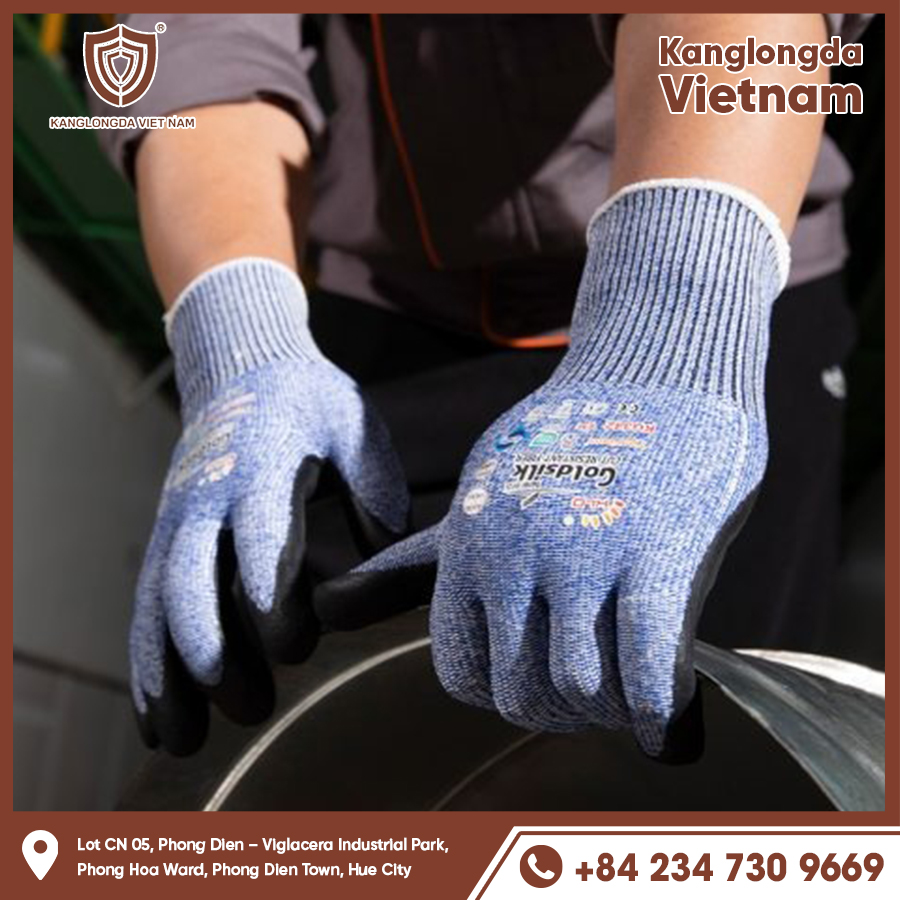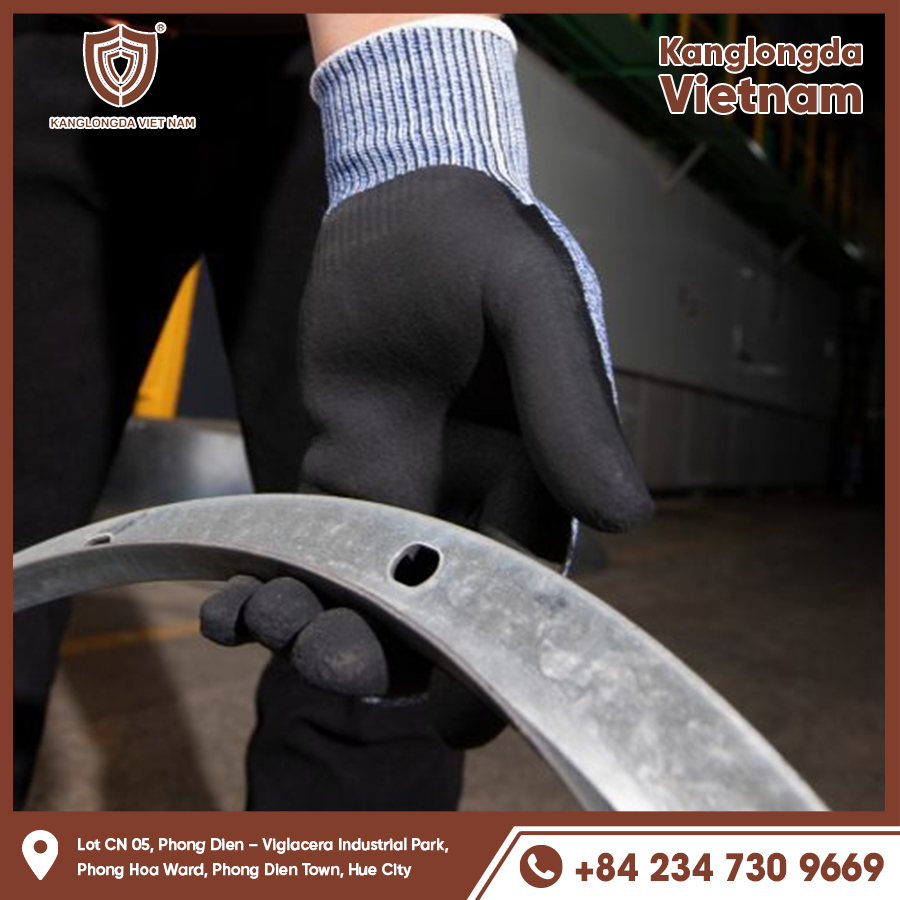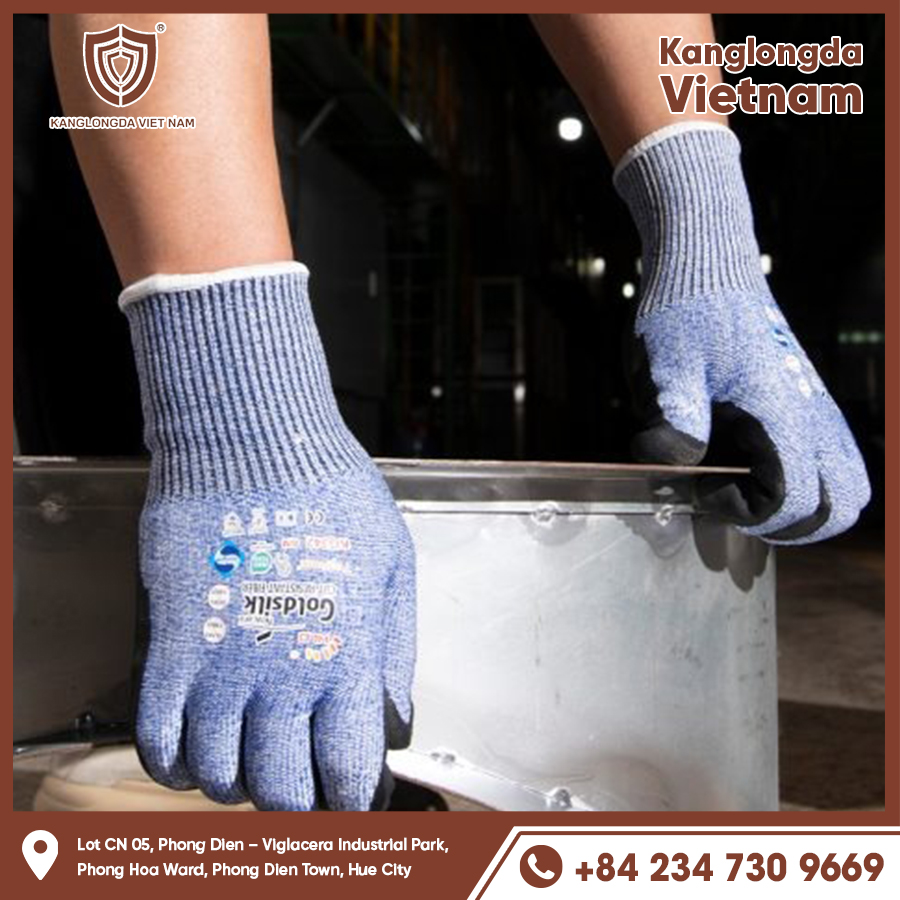Lineman gloves play a vital role in protecting utility workers from hazardous electrical environments. These gloves are not only designed to insulate against high voltage but also to provide mechanical protection and grip during physically demanding tasks. In this guide, we’ll explore everything about lineman gloves, including the types, features, standards, and maintenance tips to help you make an informed choice.

Why Lineman Gloves Are Crucial for Safety and Performance
Electrical Insulation to Prevent Shocks
One of the primary functions of lineman gloves is to protect workers from electrical shocks. Made from insulating rubber, these gloves can handle high voltages and are rigorously tested to meet strict industry safety standards. Proper use of lineman gloves can be lifesaving.
Mechanical Protection for Hands
While insulation is key, gloves also protect against cuts, punctures, abrasions, and impacts. Leather or synthetic outer layers safeguard the insulating gloves underneath from damage, extending their lifespan and maintaining safety.
Enhancing Grip and Dexterity
Utility work often requires precision and handling small components. Lineman gloves balance protection with dexterity, enabling linemen to manipulate wires, tools, and equipment safely and efficiently, reducing the risk of accidents due to slipping.
Exploring the Different Types of Lineman Gloves
Rubber Insulating Gloves: The Core Protection
Rubber gloves are the primary defense against electrical hazards. They are categorized by class based on the voltage level they can safely handle. Linemen always wear these gloves when working on energized equipment.
Classifications and Voltage Ratings
-
Class 00: Up to 500 volts AC
-
Class 0: Up to 1,000 volts AC
-
Class 1: Up to 7,500 volts AC
-
Class 2: Up to 17,000 volts AC
-
Class 3: Up to 26,500 volts AC
-
Class 4: Up to 36,000 volts AC
Each class corresponds to specific job requirements and voltage environments.
Leather Protector Gloves: Shielding the Insulators
Leather gloves are worn over rubber gloves to prevent damage from physical hazards. They are not insulating but serve as a durable outer barrier, resisting punctures, cuts, and abrasions encountered on the job site.
Hybrid and Composite Gloves: Innovation in Safety and Comfort
Some manufacturers design gloves that blend rubber insulation with synthetic or leather materials for better flexibility, breathability, and wear resistance. These hybrid gloves are especially useful for prolonged use, reducing hand fatigue without compromising protection.
Key Features to Consider When Choosing Lineman Gloves
Compliance with Industry Safety Standards
Safety standards such as OSHA (Occupational Safety and Health Administration), ASTM (American Society for Testing and Materials), and ANSI (American National Standards Institute) provide strict guidelines for glove performance. Always select gloves certified to these standards for guaranteed protection.
Proper Sizing for Maximum Efficiency
Gloves that are too tight can reduce circulation and cause discomfort, while loose gloves can impair grip and increase accident risk. Measure your hand length and circumference accurately and refer to manufacturer sizing charts. Many gloves also come in half sizes or adjustable wrist closures for better fit.
Comfort Features: Linings and Breathability
Since linemen often wear gloves for long shifts, comfort is critical. Linings such as cotton or nylon wick away moisture and reduce sweat buildup. Some gloves also feature breathable materials or perforations in non-critical areas to enhance airflow without compromising safety.

Maintaining Lineman Gloves for Longevity and Safety
Routine Visual Inspection and Testing
Before each use, inspect gloves for cracks, holes, or signs of deterioration. Conduct air tests by inflating the glove and checking for leaks. Professional dielectric testing should be done regularly according to OSHA recommendations to ensure insulating properties are intact.
Cleaning Procedures to Preserve Material Integrity
Use mild soap and water to clean gloves after use, avoiding harsh chemicals or solvents that can degrade rubber and leather. Rinse thoroughly and allow gloves to air dry away from direct sunlight or heat sources, which can cause material brittleness.
Proper Storage Practices
Store gloves flat or gently stuffed to maintain shape, in a cool, dry environment free from UV exposure and ozone-producing equipment. Using protective bags or containers helps prevent accidental damage and contamination.
Selecting the Best Lineman Gloves for Your Needs
Assessing Voltage and Task Requirements
Different jobs require different glove classes and features. For high-voltage tasks, thicker, higher-class gloves with robust leather protectors are necessary. For lower voltage or general maintenance, lighter gloves with enhanced dexterity may suffice.
Prioritizing Certified Gloves from Trusted Brands
Only purchase gloves that come with proper safety certifications and documentation. Reputable brands invest in research and quality control to meet or exceed safety standards, providing peace of mind on the job.
Additional Features for Specific Conditions
Consider gloves with reinforced fingertips for handling rough materials, extended cuffs for arm protection, or thermal linings for cold-weather jobs. Some gloves even offer touchscreen-compatible fingertips, allowing use of devices without removing protection.
The Importance of Training and Proper Use
Educating Linemen on Glove Usage
Even the best gloves fail if used improperly. Workers should receive training on selecting appropriate gloves, inspecting them, and correctly wearing both insulating and protector gloves.
Layering Gloves Correctly
Lineman gloves are designed to be worn in layers — first the rubber insulating gloves, then the leather protectors. Proper layering ensures maximum electrical insulation and physical protection.
Replacing Gloves When Necessary
Know the signs that indicate glove replacement — discoloration, stiffness, cracks, or damage. Regular replacement is crucial to maintaining safety, as compromised gloves cannot reliably protect against electrical hazards.
Innovations and Trends in Lineman Gloves
Advanced Materials for Enhanced Performance
Recent developments include gloves made with nanomaterials and advanced polymers that increase durability and insulation while reducing weight. These innovations aim to improve comfort without sacrificing safety.
Smart Gloves with Sensors
Some manufacturers are integrating sensors to monitor hand temperature, moisture, or even electrical exposure, providing real-time data to enhance safety monitoring on the job site.
Environmentally Friendly Manufacturing
Sustainable production methods and recyclable materials are becoming more common, reflecting a growing emphasis on eco-friendly workwear without compromising quality.

Lineman gloves are indispensable for protecting utility workers against electrical and mechanical hazards. Choosing the right gloves requires understanding the various types, safety standards, and features tailored to specific job needs. Proper care, inspection, and training ensure these gloves provide reliable protection for every shift. By investing in high-quality, certified lineman gloves, workers can maximize safety, comfort, and efficiency in their demanding roles.






